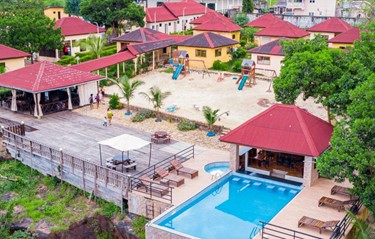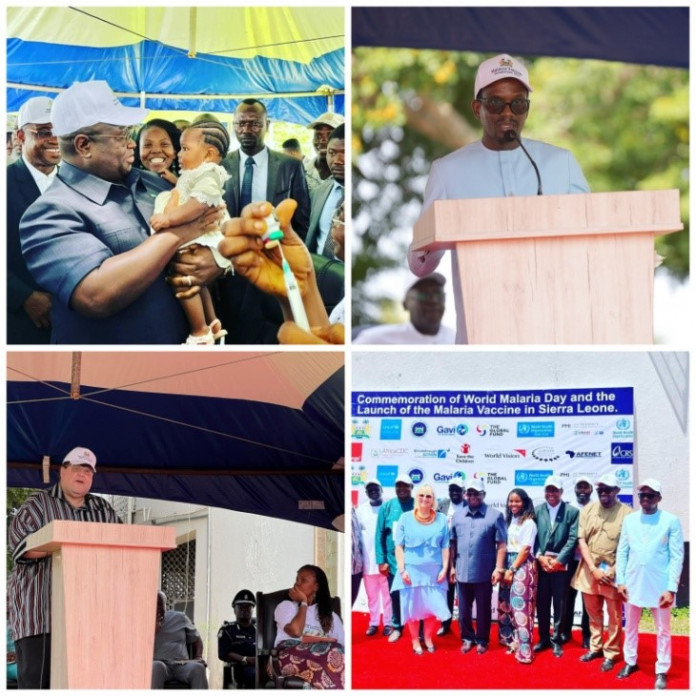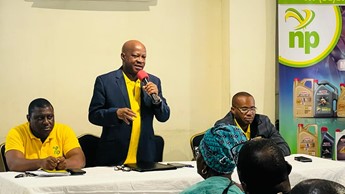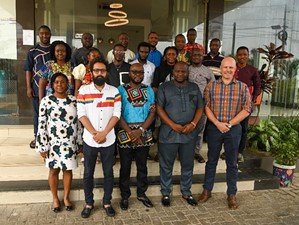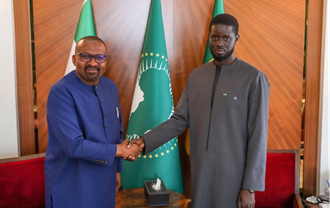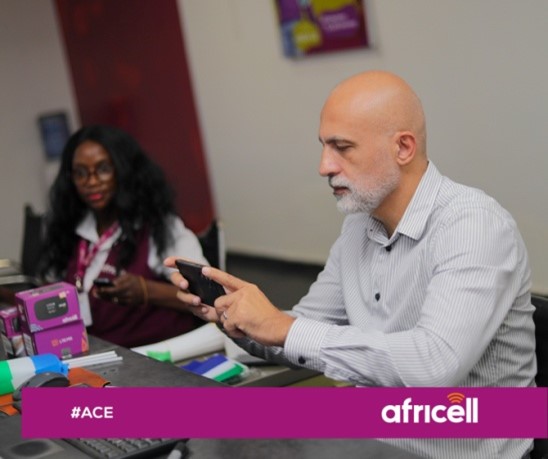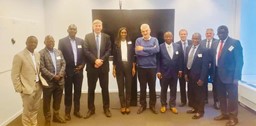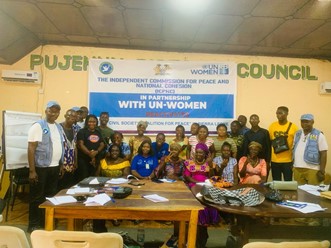By Foday Moriba Conteh
Strong evidences within the purview of this medium attest to the fact that Fabulous Resort, situated in the serene York Village of Western Area Rural District, is deeply involved in the unethical practice of not transparently documenting and accounting for taxes deducted from customers that should be paid to the National Revenue Authority (NRA).
According to investigations, the Resort has been contravening Section 155A of the Income Tax Act 2000 and Section 50 (1) of the Goods and Services Tax Act 2009 by failing to issue Electronic Cash Register (ECR) receipts to customers, thereby hindering tax administration and potentially leading to revenue loss for the nation.
On Tuesday, April 23rd, and Wednesday, April 24th, 2024, customers visiting the resort reportedly paid for items, including bottles of water, with GST tax added to the normal price.
Shockingly, no ECR receipts, as mandated by the National Revenue Authority (NRA) regulations, were issued to these customers. Upon questioning the Resort staff, they acknowledged that the ECR receipts were not issued in compliance with NRA laws.
Furthermore, it was further learnt from the staff that the ECR machine, which was subsequently taken to the NRA office for payment, had not been properly utilized upon its return to the establishment, with the machine left switched on and its charger missing, an egregious violation of regulatory standards.
These revelations of non-compliance are deeply concerning, reflecting a blatant disregard for tax regulations and a disregard for the broader implications of tax evasion on national development.
The NRA’s campaign to clamp down on tax evasion underscores the importance of fostering a fair business environment where compliance is non-negotiable. It is imperative that the authorities responsible take swift and decisive action against Fabulous Resort to address these egregious violations and ensure accountability.
Tax evasion not only undermines the integrity of the tax system but also deprives the nation of vital resources needed for infrastructure development, public services and social welfare programs.
It must be noted that the Government’s ability to deliver essential services and promote economic growth hinges on a robust and equitable tax regime one in which all entities, regardless of size or stature, contribute their fair share to the nation’s coffers.
In light of these revelations, the relevant authorities should launch a thorough investigation into the tax evasion allegations against Fabulous Resort and take appropriate legal action against those found culpable. Furthermore, it is significant for the NRA to strengthen enforcement mechanisms and enhance oversight to prevent similar instances of non-compliance in the future.
The business sector must also heed this wake-up call and reassess its tax practices, recognizing the importance of full compliance with tax regulations in fostering a level playing field and promoting transparency and equity in the market. Compliance with tax laws is not optional it is a civic responsibility and a crucial component of national development.
Importantly, the allegations of tax evasion at Fabulous Resort underscore the critical importance of upholding tax compliance and enforcing the law. Authorities must act decisively to hold accountable those who flout tax regulations in order to safeguard the integrity of the tax system for the benefit of all Sierra Leoneans.
It must be noted that although the Management of Fabulous Resort willingly promised to respond to the aforementioned allegations, however, regrettably up to the time of going to Press they failed in doing so.
More on this story in subsequent editions.

